iHeartDogs is reader-supported. When you buy via links on our site, we may earn an affiliate commission at no extra cost to you.
Welcome to our exploration of the most common dog myths, where we separate canine fact from fiction. Dogs have been our loyal friends for thousands of years, and in that time, a number of myths and misconceptions have grown around them. These myths range from how they see the world to the ways they communicate and express emotions. While some of these beliefs are harmless, others can significantly impact how we understand and care for our furry friends. It’s essential to debunk these myths not only to better comprehend our dogs’ needs and behaviors but also to strengthen the bond we share with them.
In this article, we’ll dive into some of the most widespread dog myths and uncover the truth behind them. Have you ever wondered if dogs really see only in black and white, or if a wagging tail always signifies happiness? What about the belief that dogs eat grass only when they’re sick, or the idea that a wet nose is a sure sign of good health? We’ll tackle these questions and more!
The Most Common Dog Myths Debunked
#1 – A wagging tail means a dog is happy
The belief that a wagging tail always means a dog is happy is a common misconception. In reality, dogs use their tails to communicate a range of emotions, not just happiness. Dogs communicate largely through body language, and the tail is a key part of that. A wagging tail can indeed indicate happiness, especially when it’s accompanied by other signs like a relaxed body, a wiggly butt, or a playful bow. This is the kind of wagging you might see when you come home, and your dog greets you enthusiastically.
However, a wagging tail can also express other emotions. For instance, if a dog’s tail is wagging stiffly, more like a metronome, it might be a sign of alertness or even aggression. This is especially true if the dog’s body seems tense or if the tail is held high. It’s their way of saying, “I’m on high alert” or “I’m not comfortable with this situation.”
There’s also the nervous wag, often seen with a lower-positioned tail, possibly even between the legs, indicating anxiety or uncertainty. This kind of wagging is more subtle and less energetic. It’s the dog’s way of showing unease or discomfort with what’s going on around them.
So, next time you see a dog with a wagging tail, take a moment to observe the rest of their body language. Look at the position of the tail, the intensity of the wag, and the overall posture of the dog. These clues, taken together, will give you a more accurate understanding of what the dog is really trying to communicate. Remember, just like humans, dogs have complex emotions, and learning to read their body language is key to understanding them better.
#2 – If your dog has an accident, rub his nose in it
Please don’t ever rub your dog’s nose in an accident. This old myth is not just misguided; it can also be counterproductive.
Rubbing a dog’s nose in their mess is based on the idea that it will teach them not to do it again. However, dogs don’t understand punishment after the fact. They live very much in the moment. If you punish a dog for an accident long after it’s happened, they won’t make the connection between the accident and the punishment. Instead, they’ll just feel scared or confused. They might even think you’re punishing them for something completely unrelated, like the act of eliminating itself, which can lead to other issues.
Moreover, this approach can harm your relationship with your dog. Dogs learn best through positive reinforcement and trust. Punishing them in a way that’s frightening or painful can damage their trust in you, making them more anxious and harder to train in the long run.
So, what should you do instead? The key is to focus on positive reinforcement. If you catch your dog in the act of having an accident, interrupt them calmly and take them outside immediately. Then, when they do go to the bathroom outside, give them lots of praise and treats. This positive reinforcement helps them understand where it’s appropriate to go.
For accidents you don’t catch in the moment, just clean it up quietly with an enzyme-based cleaner, like Rocco & Roxie Professional Strength Stain & Odor Eliminator. Dogs have a limited memory for these things, so they won’t understand why you’re upset if you find it later. Instead, focus on preventing future accidents by sticking to a regular bathroom schedule, watching for signs that they need to go out, and continuing to reward them for going in the right place.
Remember, patience, consistency, and positive reinforcement are key when it comes to house training a dog. Keep a bottle of Rocco & Roxie on hand, and be ready before a mess puddles on your floor.
#3 – A dog’s mouth is cleaner than a human’s
You’ve probably heard the saying, “A dog’s mouth is cleaner than a human’s,” right? Well, as much as we love our furry friends, this isn’t exactly true. Let’s clear this up and talk about keeping your dog’s mouth healthy.
First off, it’s important to understand that both dogs and humans have a lot of bacteria in their mouths. The idea that one is cleaner than the other is a bit misleading. Dogs’ mouths are full of bacteria, just like ours, but the types of bacteria are different. This doesn’t mean their mouths are cleaner; it just means they have different germs.
Now, while a dog’s lick isn’t going to give you an infection under normal circumstances, it’s still crucial to maintain good dental hygiene for your dog. Like us, dogs can suffer from dental issues like plaque buildup, gum disease, and tooth loss. These problems cause bad breath and can lead to more serious health issues if not taken care of.
This is where solutions like iHeartDogs Brushy Sticks Dental Treats for Dogs come in. These dental treats are designed to help clean your dog’s teeth as they chew. They’re a great way to reduce plaque and tartar buildup, keeping your dog’s mouth healthier. Plus, dogs love them, so it’s like a treat and a toothbrush all in one!
Using Brushy Sticks as part of your dog’s dental routine is a simple way to help keep their mouth clean. Remember, regular dental care is important for your dog’s overall health, so don’t neglect those pearly whites. And while your dog’s mouth might not be cleaner than yours, with the right care, it can be healthy and happy!
#4 – One dog year equals seven human years
Have you ever heard that one dog year is equal to seven human years? It’s a pretty common saying, but it’s not quite accurate. The idea of multiplying your dog’s age by seven to get their “human age” is an oversimplification.
Dogs mature much faster than humans, especially in their early years. For example, a one-year-old dog is more developmentally similar to a preteen or early teen human than a 7-year-old. And this aging process doesn’t continue at a constant rate.
Another important factor is the size and breed of the dog. Smaller breeds tend to live longer and age slower compared to larger breeds. So, a large breed dog might be considered “senior” before their tenth birthday, while a smaller dog might not reach senior status until they’re 12 years old.
A more accurate way to understand your dog’s age is to consider their size and breed, along with their actual age. There are charts and calculators online that can help you get a more precise idea. These tools take into account the nuances of dog aging, providing a better picture of where your dog is in its life stage.
So, the next time you think about your dog’s age in human years, remember it’s not as simple as multiplying by seven. Your furry friend has its own unique aging process, which is part of what makes them so special. Keep this in mind, and you’ll have a better understanding of your dog’s life journey.
#5 – Dogs love hugs
You know how we often hug our dogs to show them love? Well, it turns out that this isn’t always as enjoyable for them as it is for us. Let’s talk about why hugging might not be the best way to express affection to our canine buddies.
Dogs, unlike humans, don’t naturally use hugging as a form of affection. In the dog world, putting a limb over another animal is often seen as a sign of dominance. So, when we hug our dogs, they might not understand it as a loving gesture. Instead, some dogs might feel trapped or threatened by a hug, especially if they can’t easily move away.
Of course, every dog is an individual. Some might tolerate or even enjoy hugs, especially if they’ve grown up receiving them from a young age. But it’s important to pay attention to their body language. Signs of discomfort include turning their head away, licking their lips, yawning, or flattening their ears. If you see these signs, it’s a good indication that your dog isn’t enjoying the hug.
RELATED: 9 Signs That Your Dog Actually Loves You
So, how should we show affection? Dogs love petting, belly rubs, and verbal praise. These are more in line with how they naturally express and understand affection. Spending quality time together, like playing fetch or going for walks, is also a great way to strengthen your bond.
Remember, understanding and respecting our dogs’ preferences and body language is key to a happy and healthy relationship. Instead of defaulting to hugs, try other forms of affection that your dog is sure to love!
#6 – A wet nose means a dog is healthy
The belief that a dog’s health can be judged by the wetness of their nose is a common myth, but it’s not a reliable indicator of their overall well-being. It’s true dogs often have wet noses. This moisture, typically a mix of mucus and saliva, helps them absorb scent chemicals, enhancing their sense of smell. A wet nose is a tool for better sniffing, not a health meter.
A dog’s nose can vary in moisture for many reasons. They might lick their nose frequently, which keeps it wet. Environmental factors like humidity or temperature can also affect nose wetness. For example, a dog’s nose might be drier when they wake up after lying in a warm room or if the weather is particularly dry.
So, what about a dry nose? A dry nose doesn’t automatically mean a dog is sick. It could just be dry due to the reasons mentioned above. However, if a dry nose is accompanied by other symptoms like lethargy, loss of appetite, or changes in discharge (like it becoming crusty or colored), then it might be a sign to check with a vet.
On the flip side, a constantly wet nose isn’t a surefire sign of good health either. Excessive nasal discharge, especially if it’s thick or colored (like yellow or green), could indicate an issue like an infection or allergy.
While a wet nose is normal for dogs, it’s not a definitive sign of good health. And a dry nose isn’t necessarily a cause for alarm. It’s always best to look at the bigger picture of a dog’s overall behavior and physical condition to assess their health.
For more dog-related health myths, check out 10 Dog Health Myths Pet Parents Should Stop Believing.
#7 – Dogs only see in black and white
The old myth that dogs can only see in black and white has been around for quite some time, but it’s not entirely true. Dogs do see colors, but not in the same way we do. Humans have three types of color receptors in our eyes, allowing us to see a broad spectrum of colors. Dogs, on the other hand, have only two types of these receptors.
Essentially, their color vision is limited compared to ours. It’s a bit like a person with color blindness. They see the world in shades of blue and yellow, but they can’t distinguish between red and green. This is why you might notice that certain toys in these colors don’t seem as engaging to your dog – they probably blend into the green grass or the brownish-red of the earth for them.
But don’t let the limited color view fool you. Dogs excel in other visual aspects. They’re particularly good at detecting motion, even at a distance, which harks back to their days as hunters. Plus, their night vision is far superior to ours, thanks to a special layer in their eyes that reflects light.
So, next time you pick a toy or accessory for your dog, remember their unique vision. Opt for blues and yellows to really catch their eye. The Pet ‘n Shape Tuff No Stuffing Plush Flying Dragon Dog Toy provides tons of play fun.
#8 – Dogs destroy stuff to get back at you
The myth that dogs destroy stuff out of spite or to get back at their owners is a common misunderstanding. In reality, dogs don’t act out of revenge – their behavior is more about their emotional or physical needs. Let’s delve into why dogs might destroy things and how we can help them.
Firstly, dogs don’t have the same concept of revenge as humans. If a dog is chewing or destroying things, it’s usually because they’re bored, anxious, or have excess energy. Puppies, in particular, go through a teething phase where they naturally want to chew on things to relieve discomfort. Older dogs might chew out of habit, boredom, or as a way to cope with separation anxiety.
So, what can we do to prevent destructive behavior? Here are a few solutions:
- Provide Plenty of Exercise: A tired dog is a good dog. Regular exercise helps to burn off energy that might otherwise be directed towards destructive behavior. Tailor the exercise to your dog’s age, breed, and health.
- Mental Stimulation: Dogs need mental challenges just as much as physical exercise. Puzzle toys, training sessions, and games like hide-and-seek engage their brains and prevent boredom.
- Chew Toys: Since dogs have a natural need to chew, give them appropriate chew toys. This redirects their chewing instincts away from your furniture or shoes.
- Create a Safe Space: If your dog suffers from separation anxiety, creating a comfortable, safe space can help. This could be a crate with their favorite toys, signaling a secure place they can go to when feeling anxious. Calming supplements can also help with dog anxiety. Add Cannanine™ Bacon Flavored CBD Soft Chews for Dogs into your dog’s calming ritual to soothe their worries with CBD.
- Consistency and Training: Consistent, positive reinforcement training can also help curb destructive behaviors. Rewarding good behavior and gently redirecting unwanted actions can teach your dog what is acceptable.
Remember, understanding the root cause of your dog’s behavior is key. They’re not acting out of spite; they’re communicating a need.
#9 – All dogs know how to swim
It’s a common belief that all dogs are natural swimmers, but this isn’t entirely true. While some dogs take to water like ducks, others might struggle or even be at risk in water. Dogs, like humans, have varied abilities and instincts when it comes to swimming. Some breeds, like Retrievers and Spaniels, are known for their swimming skills. These breeds have physical traits like water-resistant coats and webbed feet that make them strong swimmers, and they often love water.
However, not all dogs are built for swimming. Breeds with heavy chests and short legs, like Bulldogs or Dachshunds, can find swimming difficult and exhausting. Also, brachycephalic breeds (dogs with short noses and flat faces), like Pugs and Boxers, may have trouble keeping their noses above water.
Even within water-loving breeds, individual dogs may have different feelings about water. Some might be fearful or just not enjoy swimming. Forcing a dog to swim if they’re scared or uncomfortable can be dangerous and traumatic for them.
So, what should you do if you’re introducing your dog to water? Always start slowly and in a safe, controlled environment. Never throw a dog into the water or force them in. Let them approach water at their own pace, and always supervise them closely. If your dog isn’t a natural swimmer, but you want them to enjoy the water safely, consider a doggy life jacket. The EzyDog Premium Doggy Flotation Device can provide buoyancy and safety, making the aquatic experience more enjoyable for your dog.
#10 – Dogs hate cats
The age-old myth that dogs inherently hate cats is more of a stereotype than a universal truth. While there can be instances of animosity, it’s not a hardwired trait in most dogs. The dog-cat rivalry often depicted in cartoons and stories is largely exaggerated. The reality is that dogs and cats can have a range of relationships, from best buddies to indifferent cohabitants, or sometimes, unfortunately, adversaries. A lot of this depends on their personalities, past experiences, and how they’re introduced to each other.
Dogs have different prey drives and social behaviors. Some may see cats as prey, especially if the cat runs away, triggering the dog’s chase instinct. However, many dogs live peacefully and even affectionately with cats. It often comes down to the individual temperaments of the dog and cat, as well as the way they’re introduced and socialized with each other.
If you’re introducing a dog to a cat, do it slowly and carefully. Ensure both animals feel safe and have their own space. Supervised, gradual interactions help them get used to each other’s presence. It’s also helpful if the dog is trained to obey commands like ‘sit’ and ‘stay,’ which can be useful during introductions.
Also, both animals should be in a calm state during their first meeting. If either the dog or the cat is anxious or fearful, it’s likely not the right time for an introduction. Remember, first impressions matter a lot in the animal world.
#11 – Dogs eat grass when they’re sick
The belief that dogs eat grass only when they’re sick is a bit of an oversimplification and not entirely accurate. It’s true that sometimes dogs eat grass and then throw up, which might lead us to think they do it because they’re feeling ill. However, this isn’t the whole story. Dogs may eat grass for a variety of reasons, and not all of them are related to feeling sick.
One reason could be that it’s simply an instinctive behavior. Despite being primarily meat-eaters, dogs are omnivores, meaning they naturally consume both meat and plant material. Some experts believe grass can provide them with fiber they might not be getting from their regular diet.
Another possibility is that dogs might eat grass out of boredom or because they like the texture and taste. Just like humans might snack when they’re bored, dogs might turn to grass as a way to pass the time or explore their environment.
What’s important here is to ensure the grass they’re eating isn’t treated with pesticides or fertilizers, which can be harmful. And if your dog is eating grass excessively or seems to be unwell, it’s always a good idea to consult with your veterinarian. They can help determine if there’s an underlying issue that needs attention.
So, while some dogs might eat grass when they’re not feeling great, it’s not a hard and fast rule. Dogs might eat grass for various reasons, and in most cases, it’s a normal and harmless behavior.
Dog Myths Busted!
Unraveling these common dog myths enhances our understanding and deepens the bond we share with our canine companions. By embracing the truth behind these misconceptions, we become more empathetic and informed pet parents, equipped to provide the best care and environment for our dogs. Remember, every dog is unique, and understanding their individual needs and behaviors is key to a happy and fulfilling relationship with your furry best friend.
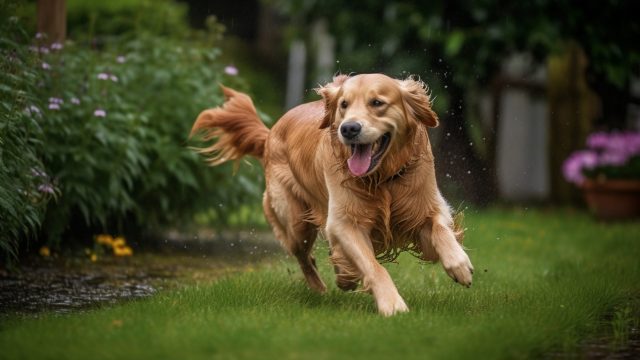
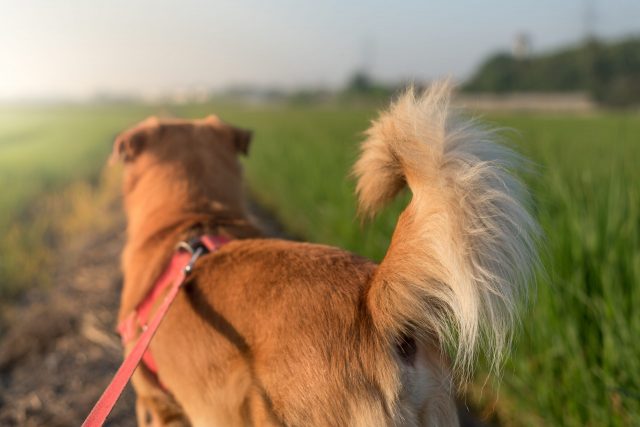
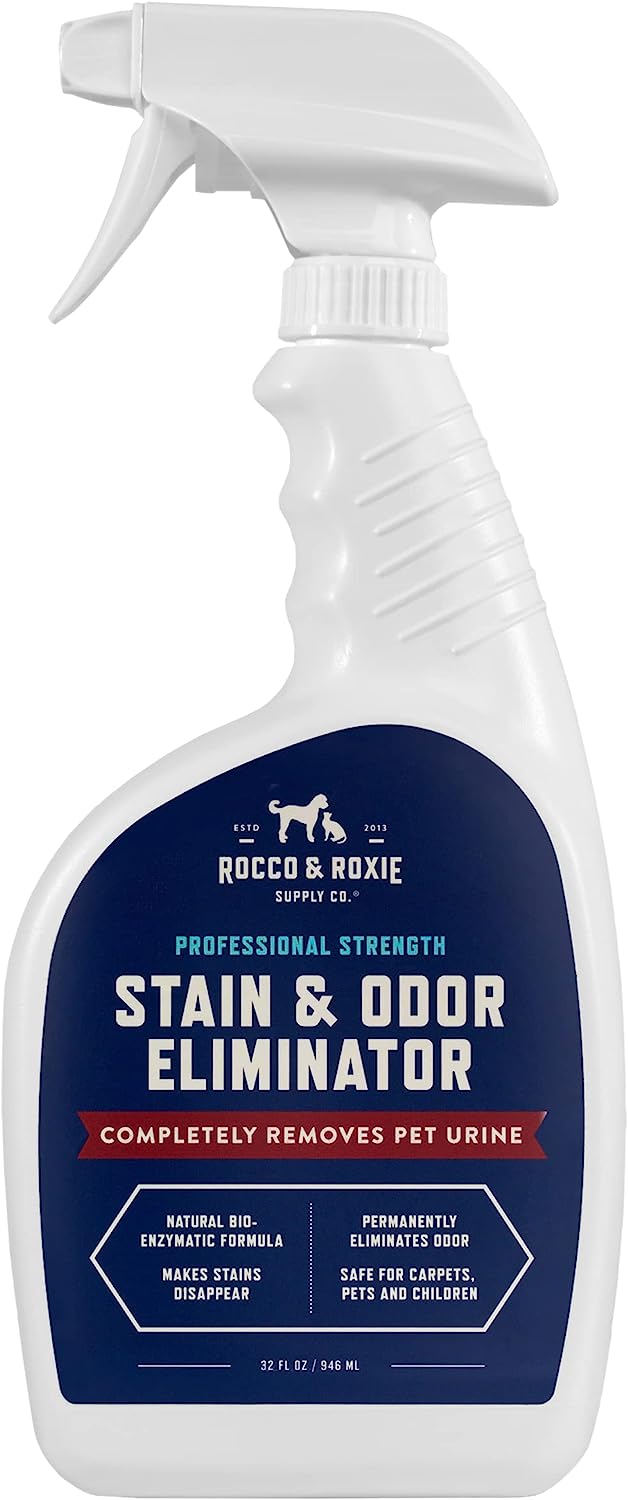

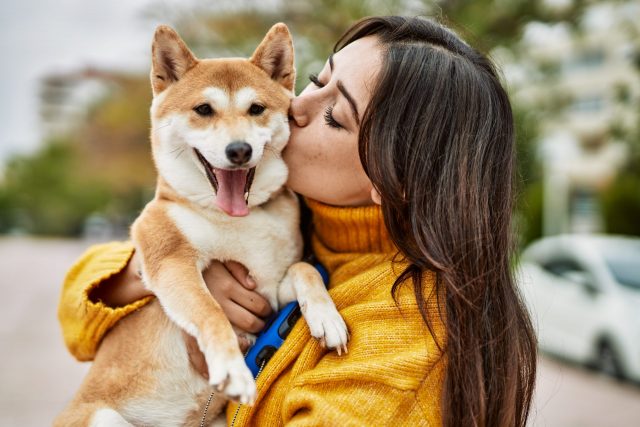
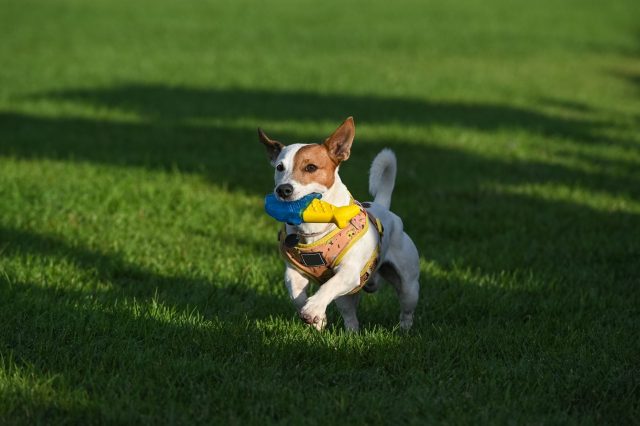
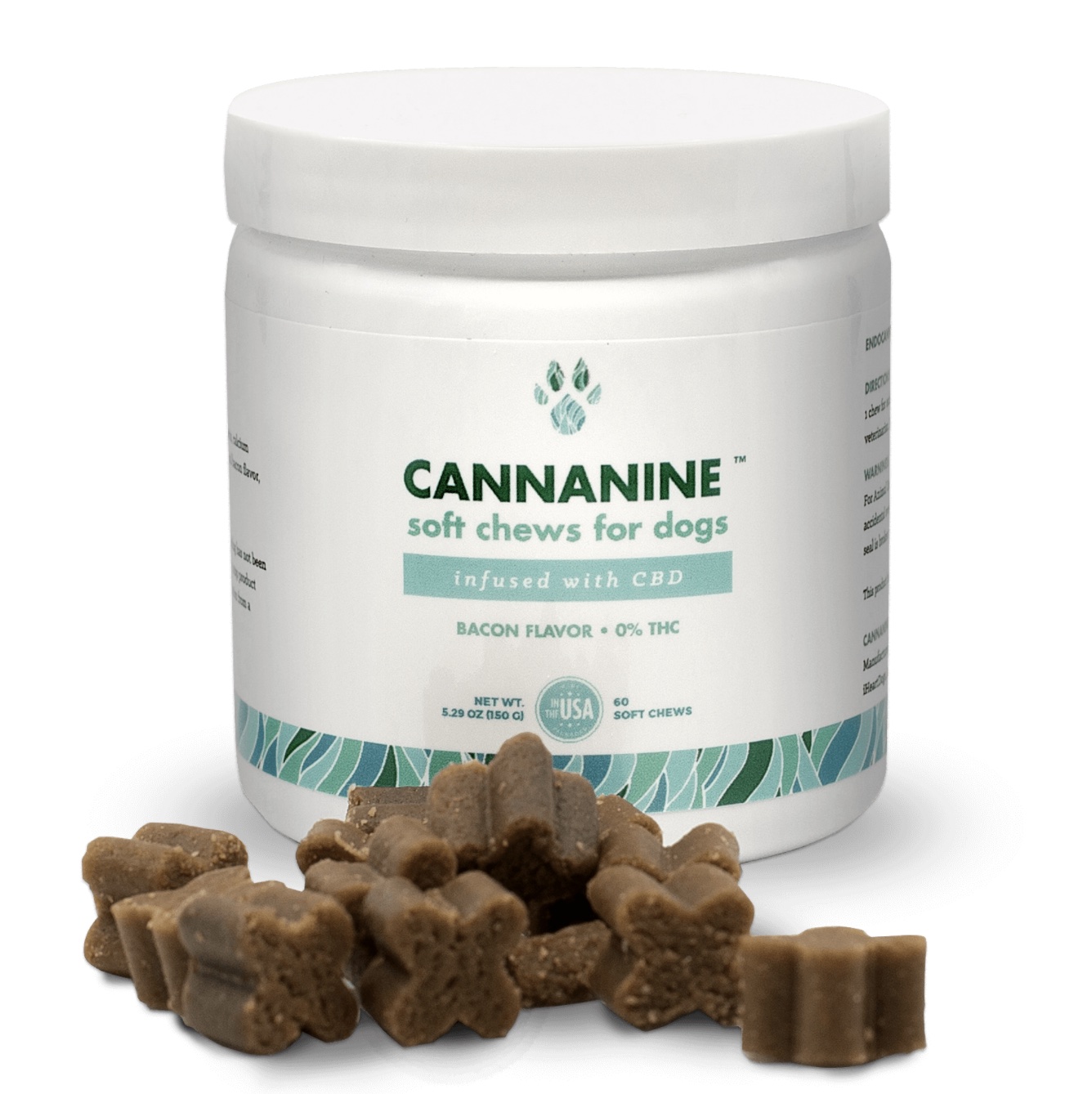

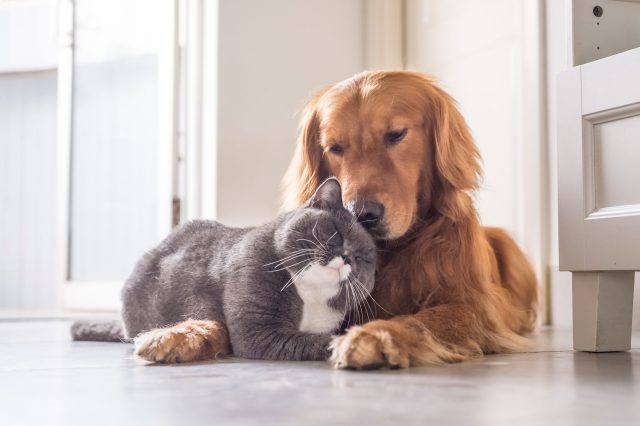

 Toledo, United States.
Toledo, United States.